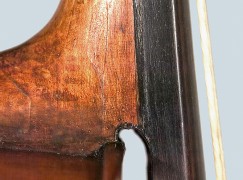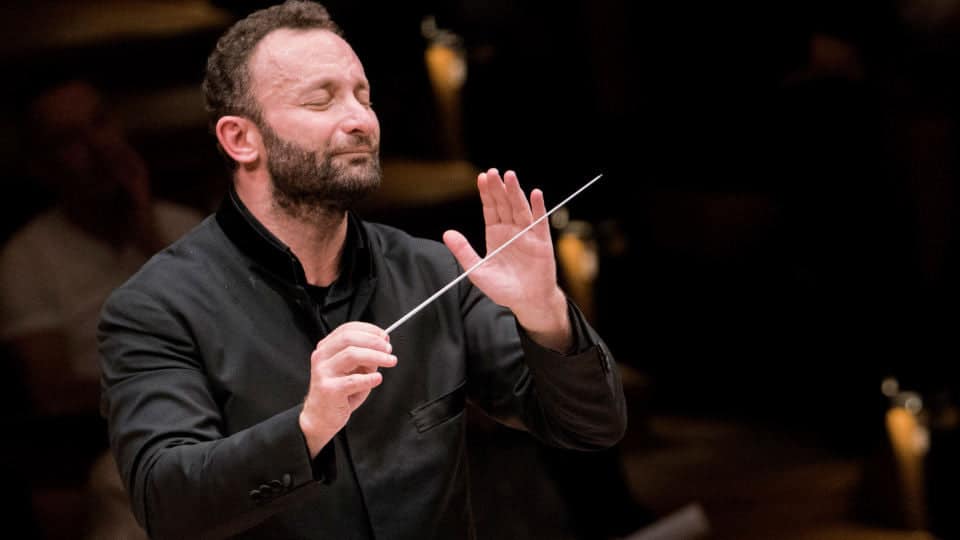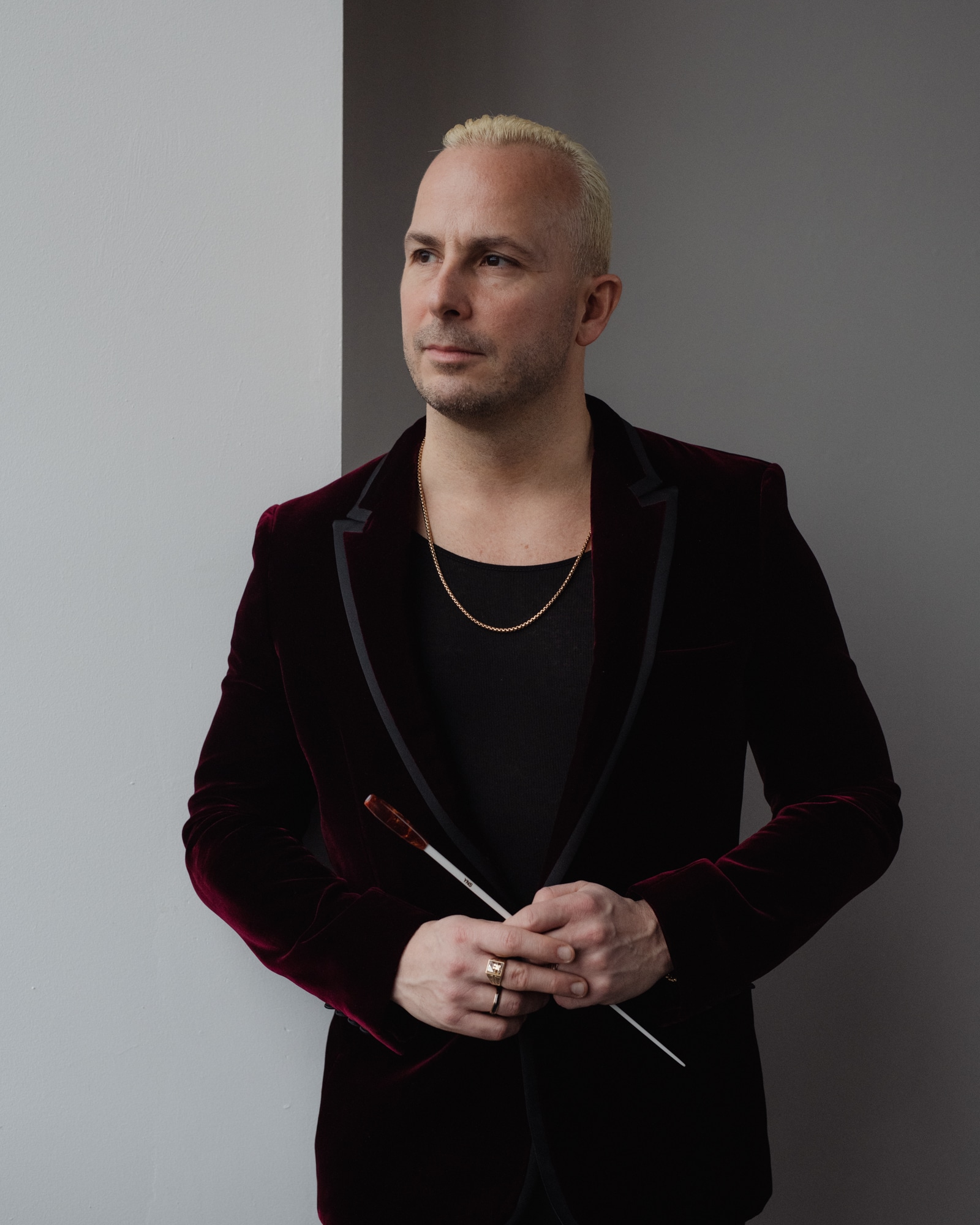Violin found in attic is a 1705 Guarnerius
mainThe Strad reports that an object lying around in an Italian attic has been credited, after scientific tests, to Giuseppe Guarneri ‘filius Andreae’.
The could be worth close to a million dollars to the lucky anonymous owner.
Report here.






I wonder if there is a string player out there who hasn’t received “the call” about an old violin found in someone’s attic and it has a label that says Stradivarius or Guarnarius or Amati (as indeed cheap violins sold by Sears Roebuck had). My high school orchestra conductor purchased a pad of Stradivarius labels so that when he got “the call” he could whip out the pad and give them a label and say “like this one?” With the tiny letters that say “Made in Germany” or whatever.
But now and then — unlikely in American compared to Europe but it has happened here — the violin is the real deal. The evidence here — the same tree as an authenticated instrument — seems definitive.
Perhaps sadder and more likely is that the attic fiddle could be a superb instrument but the label is a name that the laymen never heard of and perhaps even a Wikipedia search would come up empty for.
Once in a while, you have a violin rejected as an obvious fake, all but worthless, because someone has put a label in that is clearly wrong. The late Oleg Kagan had such a violin which he acquired from some itinerant violin dealer in exchange for another violin and plenty of rubles, and as the instrument was clearly not a Stradivari as the label suggested, it was dismissed out of hand by many. But Kagan loved the instrument and played his final years on it before his all-too-early death from leukemia. It turned out when the instrument was put up for sale that yes, it was not a Stradivari, little surprise there. But when examined internally, it was found to be full of Vuillaume’s handiwork, and identified as a c. 1740 del Gesu which had apparently been sold to someone in Russia before ever coming to the notice of the Hills. Fortunately, it had escaped destruction during the two wars which caused such widespread upheaval in Russia
There are well-known cases of instruments whose labels were likely to be incorrect from the outset. Venetian violin makers had to pay a fee to the guild for selling new instruments which was not due if they sold a used instrument. Matteo Gofriller retired from the guild and started selling unlabeled instruments, avoiding the guild tax. One of his unlabeled cellos ended up as the instrument of Casals, though it had been reduced in size and acquired an ersatz Bergonzi label along the way. I believe there have been instruments sold with the labels of other makers to similarly escape the taxation.
I had the pleasure of a few days with a splendid c. 1735 del Gesu that had “turned up in the attic” of a northern Italian family of considerable wealth dating back centuries. Just one of many objects which had acquired substantial, unexpected value over the years while the owners were not paying much attention, and like Kagan’s del Gesu, also unknown to the trade.
It is probably worthless except for the name. All musical instruments must be played or they deteriorate rapidly.
Not true of stringed instruments, unless the instrument has suffered damage from improper storage, accident, etc. Simply going unplayed does not create any damage or lasting changes, though it may not sound its best until it opens up again with regular playing. The conditions that cause lasting damage will do so even if the instrument is being played. And any sort of playing generally contributes some wear and tear on the varnish, edges, etc.
Your sources, Bill? Plenty out there on Google suggest otherwise and why do you think organisations give their high-priced stringed instruments to be played?
Things like this do happen.
About 30 years ago I was teaching at a well regarded private school in New England and found an old cello and viola in unplayable condition at the back of the instrument cupboard. I asked the director about them and was told that they had been there for many years and if I wanted them I could have them since they were never going to be repaired. Both instruments were taken to William Monical for identification. He took the instruments into the back and when he reappeared he pronounced the cello as a Tyrolean instrument ca.1720 and the viola was a reduced in size Brescian instrument and offered US 75,000.00 for the viola. Both instruments were kept and restored and are still used to this day.
And how much will cost to restore it?
Little, in comparison to its likely value. No obvious signs in the photos that it will need substantial work. New strings, bridge, glue any open seams, a careful cleaning and touch up — as long as the wood hasn’t cracked or been damaged, instruments surprisingly durable. The joints are intentionally done with weak hide glue so that the joints will usually give before the wood fails, and so that they can be easily opened for repair. After all, remember that many musicians are playing instruments hundreds of years old, and decent instrument cases are a fairly recent development!
I must have another look in my attic!
Anyone remember the old Tommy Cooper gag?
“You’ve got a Rembrandt and a Stradivarius there. Unfortunately Stradivarius couldn’t paint and Rembrandt made rotten violins…”